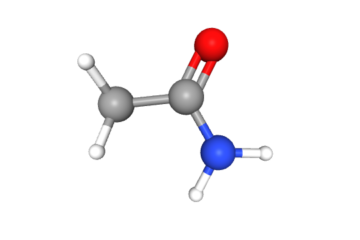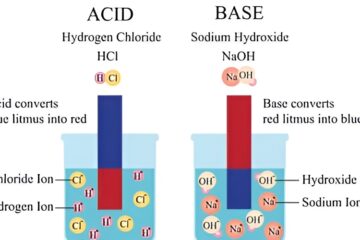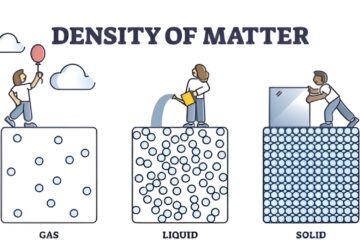Table of Contents
Acidity of Alkynes
In the hydrocarbon sibling rivalry, the acidity of terminal alkynes outperforms that of alkenes and alkanes due to the increased share of the “s” character in the “sp” hybridized carbon atoms of alkynes. This greater percentage results in a higher electronegativity, which allows alkynes to part ways with hydrogen atoms more readily, forming alkyne ions. It’s for this reason that alkynes are employed as Bronsted-Lowry acids, akin to adding a spritz of lime to salsa for that extra tang.
The acidity of alkynes is also influenced by the stability of the conjugate base formed during their reactions. Terminal alkynes can discard protons to form acetylide ions, acting as a stable conjugate base. This stability stems from the high electronegativity of the “sp” hybridized carbon, capable of holding onto a negative charge like a bookworm clutching onto a mystery novel.
Compared to alkenes and alkanes,
alkynes steal the show in terms of acidity. The carbon atoms in alkenes and alkanes, like homebody teens, are “sp2” and “sp3” hybridized, respectively, meaning they have a lesser portion of “s” character and, subsequently, a lower electronegativity. As a result, alkenes and alkanes avoid mixing with bases to release hydrogen atoms, much like a quiet kid in the corner avoiding a boisterous group activity.
Remember, acidity is only characteristic of the hydrogen atom bonded to the triple-bonded carbon atom. The general trend in acidity among alkynes is represented as HC≡CH > HC=CH₂ > CH₃–CH₃ and HC≡CH > CH₃–C≡CH >> CH₃–C≡C–CH₃. It’s akin to a leaderboard of the loudest voices in a choir.
Powers of Alkynes (Applications): The Hydrocarbon Avengers
Ethyne, also known as acetylene, is an alkyne equivalent of a superhero. It has several uses due to its ability to produce a sizzling hot flame when mixed with oxygen. This property comes in handy in oxyacetylene gas welding and cutting, like a superhero using heat powers to dismantle barriers. Moreover, acetylene takes center stage in the production of organic compounds such as ethanol, ethanoic acid, and acrylic acid and in creating polymers and raw materials for polymers, demonstrating versatility akin to a superhero with an arsenal of abilities.
Recent studies(Acidity of Alkynes),
like unveiling hidden superhero powers, show that alkynes may have even more capabilities. For instance, a study called “Relativistic effects in homogeneous gold catalysis” explores how gold catalysts can be paired with alkynes to open new routes for chemical synthesis. Another research, “Thiol Treatment Creates Selective Palladium Catalysts for Semihydrogenation of Internal Alkynes”, reveals how thiol-treated palladium nanosheets could act as a catalyst for the selective semi-hydrogenation of internal alkynes. These breakthroughs feel like discovering hidden superhero abilities in our hydrocarbon Avengers.
Conclusion
With their melodramatic tendencies and unique structural traits, Alkynes often take center stage in the hydrocarbon soap opera. The acidity of alkynes, exemplified by “Acidity of Alkynes,” steals the show as the carbon atoms in alkenes and alkanes have a lower electronegativity. Alkynes’ high percentage of “s” character in “sp” hybridized carbon atoms allows them to shed hydrogen atoms and form alkyne ions with ease, making them potent Bronsted-Lowry acids. The stability of the resulting conjugate base further enhances their acidity, enabling them to hold onto negative charges.
Moreover, the diverse talents of alkynes, particularly ethyne or acetylene, make them indispensable in various applications, including welding and the production of organic compounds. And as the latest research episodes, including “Acidity of Alkynes,” reveal, there are always new abilities being discovered in our hydrocarbon heroes. So, keep your popcorn ready and stay tuned for more drama in the fascinating world of alkynes!
Check Our Chemistry Blog Here: Unravel the Secrets of Chemistry with Engaging Articles
Click Here to Dive Back into Our Educational Resources and Expand Your Knowledge Blog




